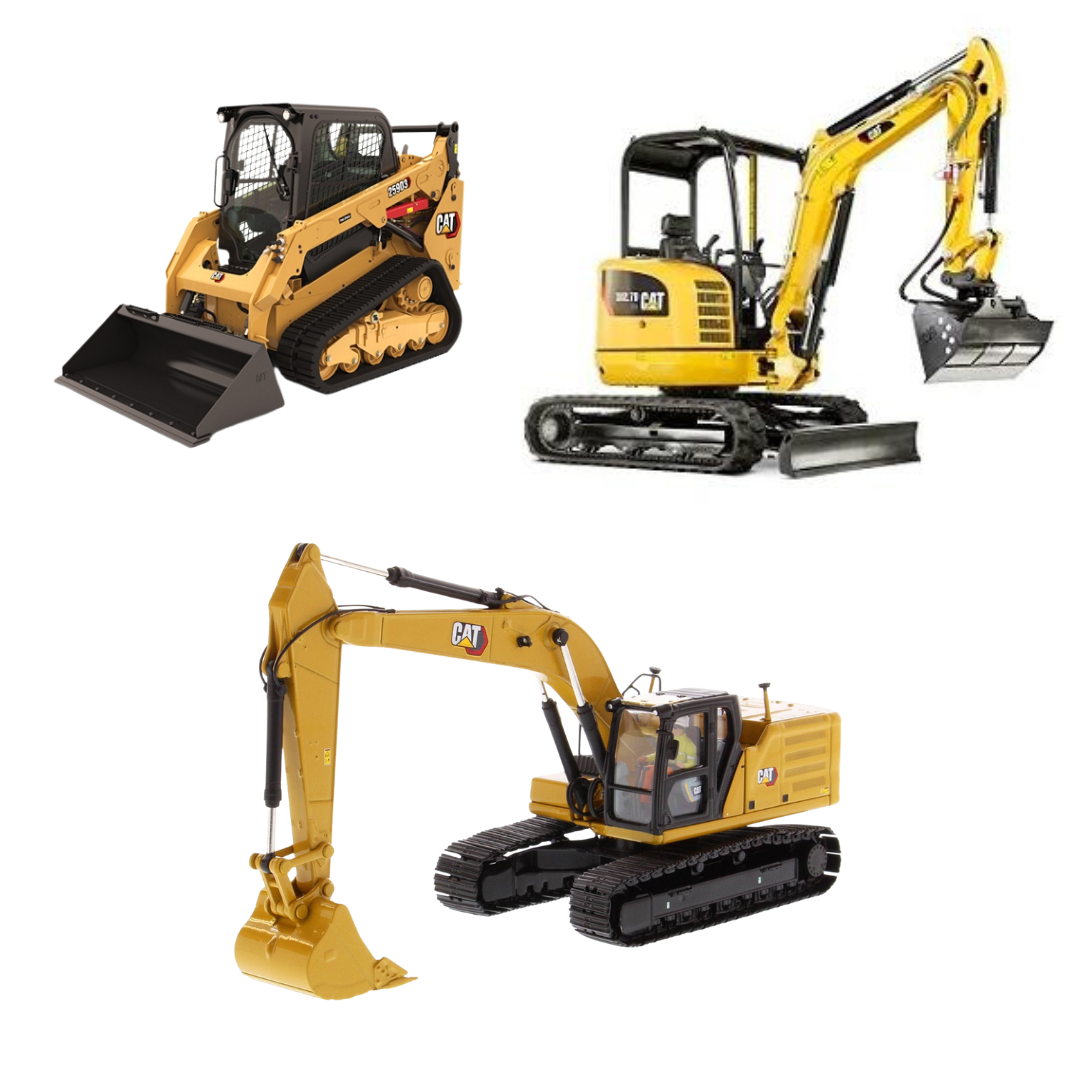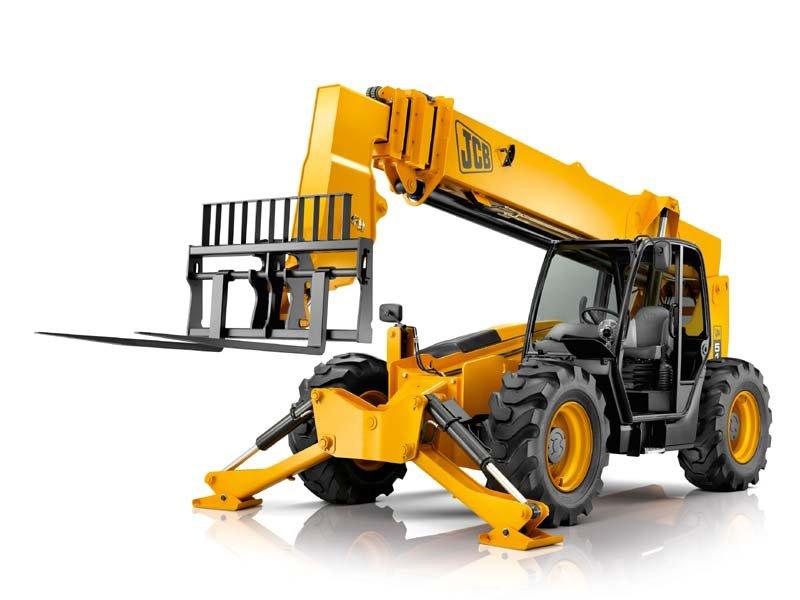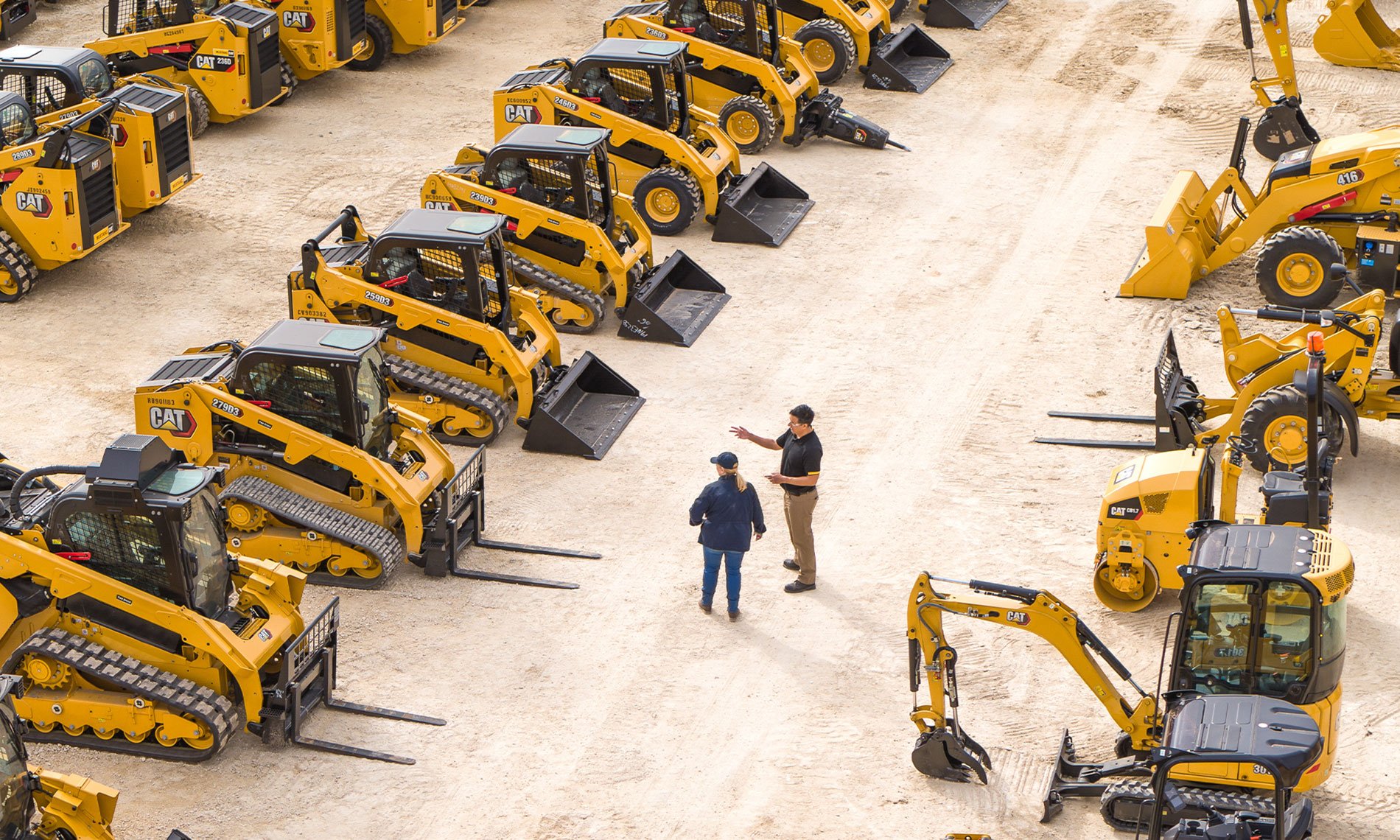Equipment Rental Company: Your Resource for All Sorts Of Equipment
Equipment Rental Company: Your Resource for All Sorts Of Equipment
Blog Article
Optimize Your Budget by Recognizing the Costs Related To Construction Tools Leasings
Recognizing the complete scope of expenses connected with construction devices leasings is crucial for maximizing your spending plan. What techniques can be employed to effectively manage these prices and guarantee a much more effective rental experience?
Introduction of Rental Expenses
When considering construction devices services, understanding the associated prices is extremely important for effective budgeting and project planning. Rental costs can vary considerably based upon numerous aspects, consisting of equipment type, duration of leasing, and location. The first rental fee commonly shows the equipment's market demand and its connected functional capacities, influencing the total expense.
In addition to the base rental rate, supplementary costs may emerge, such as transportation costs, fuel additional charges, and maintenance fees. It is necessary to represent these additional expenditures to accurately assess the total expense of renting out equipment. The rental period can impact rates; longer services might certify for reduced prices, while temporary rentals may incur higher day-to-day charges.

Breakdown of Rental Rates
A thorough understanding of rental rates is necessary for contractors and project supervisors intending to enhance their budget plans. Rental rates for building and construction equipment commonly are composed of numerous parts, including base rates, time-based costs, and use costs.
Base rates are the core costs associated with the rental of the tools, usually established by the kind and size of the equipment. These prices can vary significantly, influenced by variables such as devices demand, availability, and local market trends. Time-based costs, which might be daily, weekly, or monthly, serve to accommodate various project timelines and rental periods.
Furthermore, rental rates might include use charges, which apply when devices is utilized past a specified limit, guaranteeing that the rental company can make up wear and tear. Seasonal need changes can also influence rental rates, with peak construction periods generally regulating higher rates.
Moreover, recognizing the rental firm's policies pertaining to maintenance and insurance policy can supply more insight right into the overall expense framework. By examining these parts, service providers can make educated choices, ensuring the choice of rental tools aligns with both job needs and budget restrictions.
Added Costs to Consider
Comprehending the ins and outs of added costs is crucial for professionals to manage their general leasing expenditures effectively. Beyond the common rental prices, numerous supplemental fees can substantially influence the complete price of tools rental. These fees typically consist of delivery and pick-up charges, which can vary based on distance and logistics associated with carrying the devices to and from the task website.
Additionally, some rental business might impose fuel surcharges if the equipment is returned with much less gas than when rented out. It is likewise important to be mindful of prospective cleaning fees, particularly for customized tools that calls for complete maintenance after use.

Thoroughly examining the rental contract and clarifying these additional costs in advance can assist service providers stay clear of unanticipated prices and make certain that budgets remain undamaged throughout the job lifecycle.
Repair And Maintenance Expenses
Routine maintenance and repair expenditures are usually ignored aspects that can dramatically affect the total cost of building tools leasings. When leasing tools, it is vital to consider not only the rental costs but also the potential special info expenses related to keeping the machinery in optimum operating problem.
Several rental business consist of standard maintenance as part of the rental arrangement; however, extra substantial repairs or unforeseen malfunctions can result in additional costs. It's important to review the rental contract carefully to comprehend what upkeep solutions are covered and what responsibilities fall on the renter.
In addition, devices that is not well-kept can cause inadequacies on the job site, potentially increasing and causing delays project prices. To reduce these risks, it is recommended to carry out routine assessments and preserve open interaction with the rental company relating to any type of problems that occur during use.
Insurance Policy and Responsibility Prices
Insurance coverage and obligation expenses are crucial components that can substantially influence the general cost of construction equipment services (scissor lift rental). These costs make certain that both the rental company and the customer are safeguarded from potential monetary losses developing from mishaps, damage, or burglary during the rental period

Furthermore, customers ought to know any type of deductibles or exemptions in the insurance plan, as these can affect prospective out-of-pocket expenditures. Comprehending the terms and problems of any insurance policy protection is important to stay clear of unforeseen prices. Ultimately, budgeting for insurance policy and liability costs can aid guarantee a smoother rental experience and secure versus monetary risks connected with building and construction projects.
Final Thought
In final thought, a thorough understanding of the costs associated with construction tools rentals is necessary for efficient spending plan management. Eventually, notified decision-making pertaining to tools leasings contributes to the total success of building and construction endeavors.
Rental prices can vary dramatically based on a number of aspects, including equipment type, period of leasing, and place (equipment rental company). The rental period can impact rates; longer services may qualify for reduced prices, while temporary rentals may sustain higher daily fees
By carrying out comprehensive study and engaging with reliable rental firms, specialists can efficiently browse the complexities of rental prices, inevitably maximizing their economic resources.
Past the basic rental prices, different additional costs can significantly affect the total expense of tools rental. Rental business often supply responsibility insurance coverage that covers injuries to 3rd parties or damage to property, while devices damages insurance policy can cover the cost of repair services or substitute if the rented equipment is damaged.
Report this page